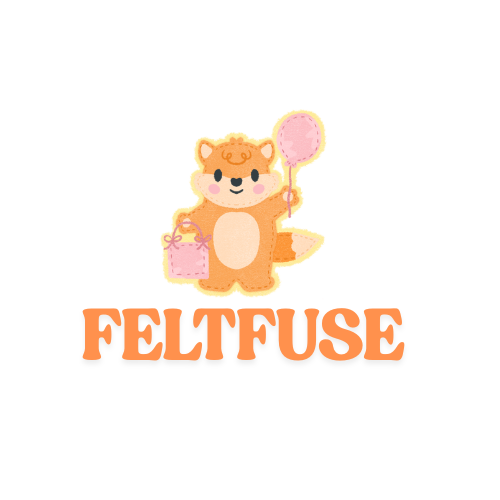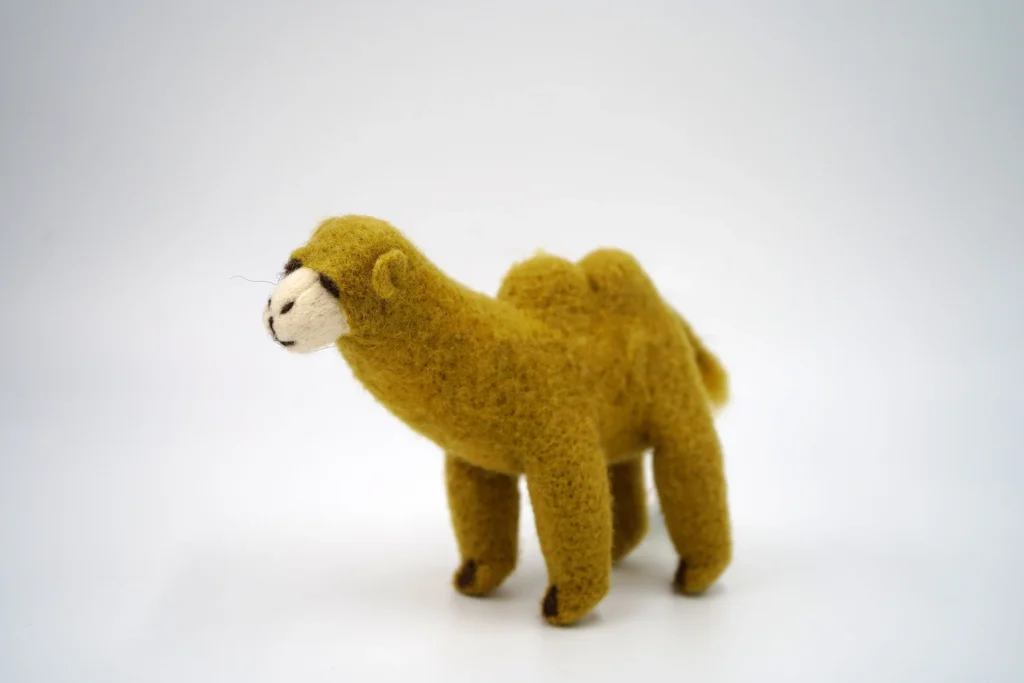News
Exploring the Slow Craft of Needle Felting
Needle felting is more than a craft—it’s a slow, intentional practice that blends patience, skill, and artistry. Unlike many other forms of textile work, needle felting uses no thread, loom, or glue. Instead, it relies on a special barbed needle and the careful manipulation of wool fibers to shape intricate forms by hand.
The process begins with loose wool—often merino for its softness and pliability—which is layered, shaped, and then stabbed repeatedly with a felting needle. This action causes the fibers to tangle and compact, gradually forming a dense, stable structure. Over time, what begins as a fluff of wool becomes a finely detailed animal, figure, or decorative object.
What sets needle felting apart is its meditative nature. Each step requires full attention and calm repetition. The craft is often described as therapeutic, helping crafters slow down, connect with their senses, and create something with lasting presence. In today’s fast-paced digital world, this mindful approach to making is both grounding and refreshing.
Needle felting is also incredibly flexible. Artists can sculpt tiny features, blend colors directly into the wool, or experiment with abstract textures. The wool responds intuitively to the touch, allowing for expressive forms that feel alive and organic. The end results are often imbued with character—sometimes whimsical, sometimes deeply emotional.
Because of its accessibility, needle felting has grown into a global community of makers. Workshops, online tutorials, and artist collectives continue to expand interest in this ancient yet evolving technique. From hobbyists to professional artisans, people are discovering the joy of turning raw wool into expressive, handmade objects.
Importantly, needle felting supports slow fashion and sustainable living. Most wool used in felting is a renewable resource, and many makers choose to work with natural dyes and zero-waste practices. This eco-conscious approach adds another layer of meaning to the work, making each felted item a symbol of responsibility and care.
Needle-felted creations can be gifted, collected, or simply displayed with pride. Whether it’s a small animal on a child’s shelf or an abstract wall piece in a modern home, these items spark conversation and connection. They remind us that art doesn’t have to be loud or grand to be meaningful—it can be quiet, soft, and full of life.
As the appreciation for handmade goods continues to grow, so too does the value of needle felting. It’s a timeless practice, not because of its complexity, but because of its honesty. At its core, it’s about taking something natural and making it beautiful, one thoughtful gesture at a time.

